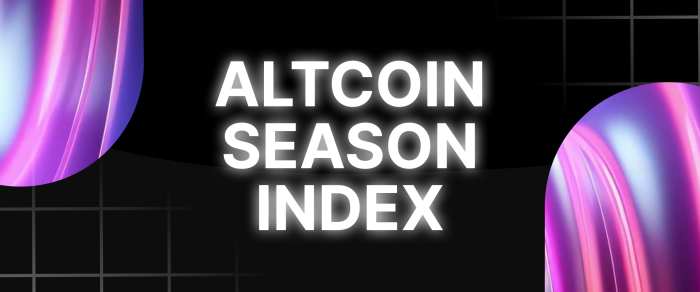What is an NFT?
Cryptographic tokens known as Non-Fungible Tokens (or NFT) are a new exciting kind of digital asset we are seeing evolve on the blockchain.
The Ethereum-based CryptoKitties project originally released this kind of currency back in 2017. Since then, both new-made and established projects have begun investigating the potential of NFTs.
The idea behind this is that each token represents something unique, whether it be a non-fungible asset or collectible digital item, or artwork. This means they’re not interchangeable like fungible tokens (where every token is just another unit). For example, one Bitcoin is precisely the same as another Bitcoin. In contrast, NFTs are non-fungible, meaning that each one is different from all others, and they cannot be changed or split up when created.
What can be converted into an NFT?
Over the last few years, a variety of things have been encoded as NFTs. Some are as follows:
– Physical or digital collectible artwork
– Pictures or videos of personal events, such as weddings and more
– Lands and properties in virtual worlds
– Virtual animals or pets
– Digital currencies
What makes them desirable?
In the first place, they’re so desirable because they are actually integrated into the blockchain itself, rather than being an abstraction over the top of it, as many other technologies are. The unique nature of NFTs allows them to be owned and transacted without the involvement of any centralized party or organization, which opens up a wide variety of new types of applications.
One of the things that appeal to people about these types of tokens is their lack of reliance on third parties. All transactions are conducted on the blockchain, which makes these tokens resistant to censorship and far more secure than other types of assets.
Because of this, they’re so desirable, and demand for these kinds of tokens is already rising – especially with online games and collectibles gaining popularity.
Why buy NFTs?
Because NFTs have unique characteristics, they can’t be compared with existing assets. Each token is unique due to the fact that it is not fungible, so you will never find another token exactly like yours. The rarity or limitation of an item or animal may make them more desirable, depending on their value.
NFTs are valuable for several reasons: first-of-a-kind, utility, uniqueness, and ownership history.
–First of Its Kind – Due to its history as the first cryptocurrency, Bitcoin is the most popular cryptocurrency worldwide. NFTs also fall under this concept. There will be value in the first NFTs created by certain creators or businesses. A good example would be collectible cards, such as Pokemon cards or baseball cards. Those that are labeled “1st edition” are the most expensive, and the same is true for NFTs.
– Utility – Another aspect that contributes to an NFT’s value is its utility. For illustration purposes, consider Dwayne “The Rock” Johnson. Consider a scenario where The Rock offered a monthly opportunity to work out with him at his gym. If you purchased and owned one of the 20 NFTs he sold, you were eligible. The popularity and practical advantages of this NFT would cause it to rise in price soon.
–Unique or Rare – The NFT’s worth comes from its rarity. Think of the Mona Lisa by Leonardo Da Vinci. The painting is available for purchase by anyone who may then hang it in their house. However, genuine, original artwork can only be owned by one individual in the entire world (in this case, a museum). This dramatically enhances Mona List’s value. Imagine if Michael Jackson had only produced 3 NFTs, all of which were images of the attire he wore for several of his concerts. There are only three original NFTs, and there will never be more; thus, they would be incredibly valuable.
–Ownership History – Michael Jackson’s sunglasses fetched more than $40,000 when auctioned off in 2010. Someone was prepared to shell out a sizable sum merely to claim Michael Jackson’s sunglasses ownership. The same is true for NFTs: a photograph formerly owned by Michael Jordan may fetch thousands or perhaps hundreds of thousands of dollars.
Can an NFT be copied?
Yes and no. An NFT token can never be duplicated because it is a unique piece of data. However, a person can replicate the “template” and produce a comparable NFT exclusively connected to their account. Despite this, you would only own one “original” NFT.
Where can you buy and store NFTs?
In 2011, an app on your phone called OpenSea became the first decentralized market for NFTs. Additionally, Ethereum’s blockchain allows you to purchase a variety of different tokens with ETH.
As with cryptocurrency, NFTs are stored in a similar manner. In order to retain an NFT, you will need to establish a wallet that is compatible with it. This can sometimes prove to be a challenging task. For instance, not all wallets support ERC-20 tokens. Nevertheless, there are various free online wallets that will suffice.
What is the future of NFTs?
NFTs are being used for all kinds of things. There are games now available where you can buy pets or characters that own unique properties. You can even play with them using the tokens themselves, which is a pretty cool concept.Many people think NFTs have colossal potential in the future because they’re so different from existing digital assets. They’ve recently experienced an increase in popularity thanks to CryptoKitties, CyberPunks, and BAYC (Bored Ape Yacht Club), but there’s no doubt that this type of token has much more potential than just one game. The sky is truly the limit to how NFTs will be used and valued in the future!



